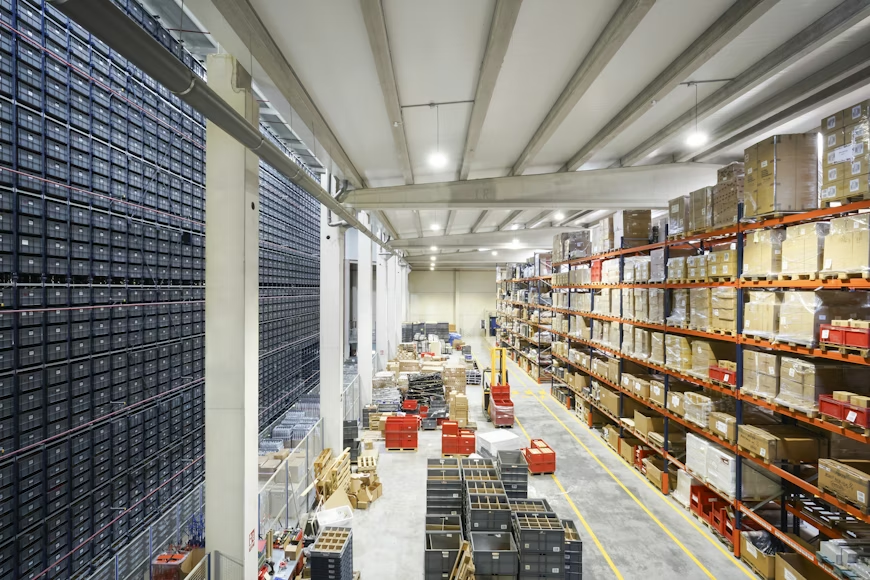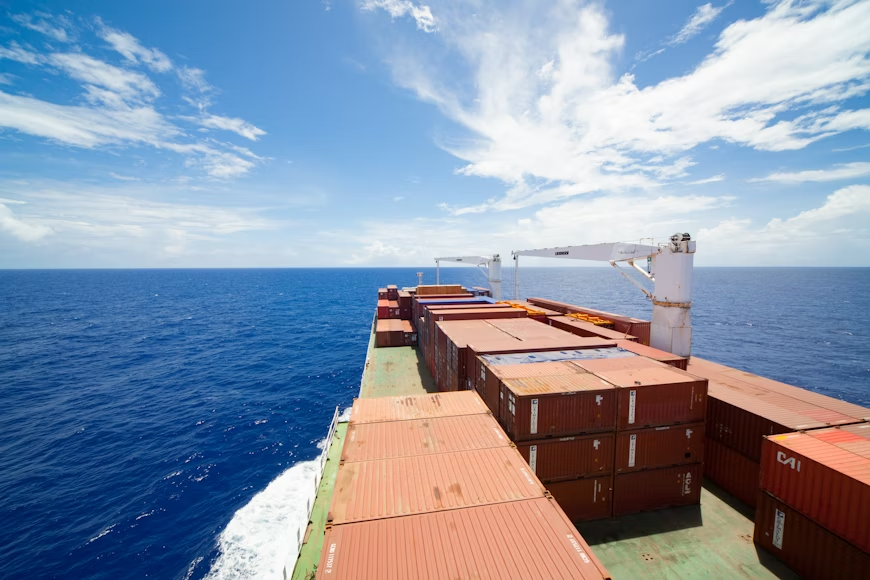China’s economy demonstrated resilience and growth, expanding by 4.5% year-on-year in the first quarter of 2023. This development indicates a robust recovery trajectory as Beijing transitions away from stringent “zero-COVID” policies that were previously in place. Although slightly below Beijing’s 5% growth target for the year, set during the National People’s Congress meeting in March, the performance surpasses market expectations.
Additional official economic indicators released on Tuesday further substantiate the positive trend in China’s economic landscape. Retail sales witnessed a year-on-year growth of 10.6%, and value-added service output increased by 5.4%. Value-added industrial production experienced a 3% year-on-year rise. The Purchasing Manager’s Index (PMI), a gauge of China’s manufacturing trends, registered a slight decline from 52.6 in February to 51.9, yet it remains above the threshold of 50, signifying expansion.
Alicia Garcia Herrero, Chief Economist for the Asia Pacific at Natixis, acknowledged the positive data but highlighted that official figures might portray a somewhat optimistic picture compared to the on-the-ground reality. This discrepancy could be attributed to the benchmark being March 2022 when economic activities were subdued due to lockdown measures across China.
In 2022, China’s economy recorded a modest growth of 3%, the second-lowest rate since 1976, largely influenced by stringent pandemic measures, including border closures, widespread testing, and extended lockdowns in major cities such as Shanghai.
Currently, Beijing aims to navigate the recovery phase without fueling inflation concerns seen in other countries. Despite rebounding retail sales, China’s consumer price index rose by just 0.7% year-on-year in March.
Economic stability is a top priority for China’s Communist Party in 2023, emphasizing job creation to address elevated youth unemployment resulting from the pandemic. The government has announced plans to generate 12 million jobs this year, up from 11 million in the previous year, with a focus on consumption as a key driver of growth.
Public discontent with Beijing’s “zero-COVID” strategy and its impact on the economy led to rare mass protests in major Chinese cities in late 2022. These protests are believed to have influenced Beijing’s decision to abandon the stringent pandemic strategy in December 2022 after nearly three years of strict measures.
Catch the latest supply chain news at The Supply Chain Report. Learn more about international trade at ADAMftd.com with free tools.
#ChinaEconomy #BeijingRecovery #RetailGrowth #IndustrialProduction #ManufacturingTrends #PMI #EconomicGrowth #China2023 #ZeroCovidPolicy #JobCreation #YouthUnemployment #ConsumerPriceIndex #Natixis #AliciaGarciaHerrero #ChinaEconomicStability #ChinaRetailSales #ChinaServiceOutput #EconomicResilience #EconomicRecovery

















